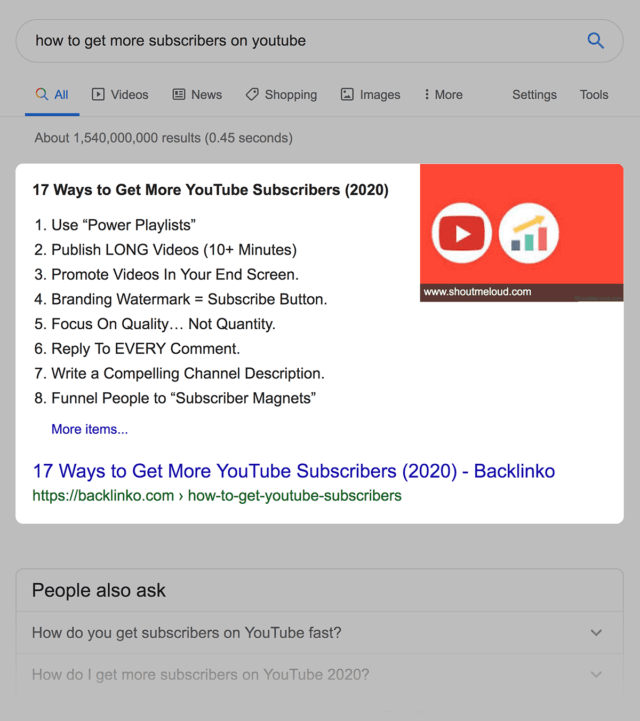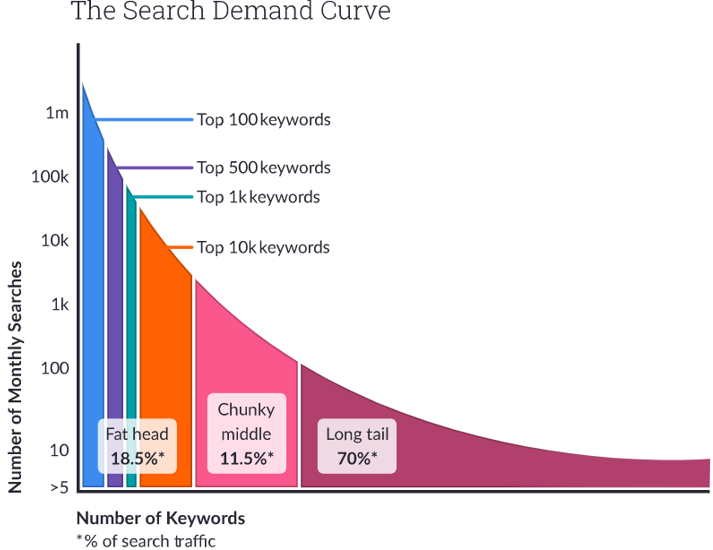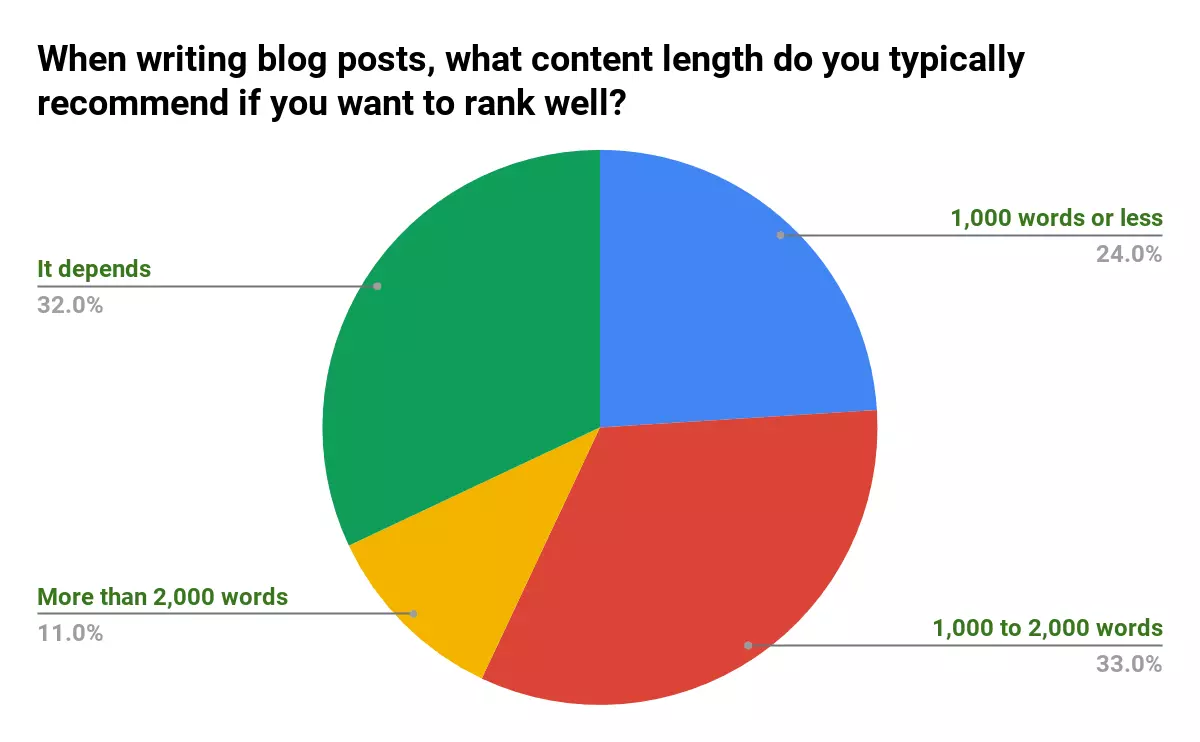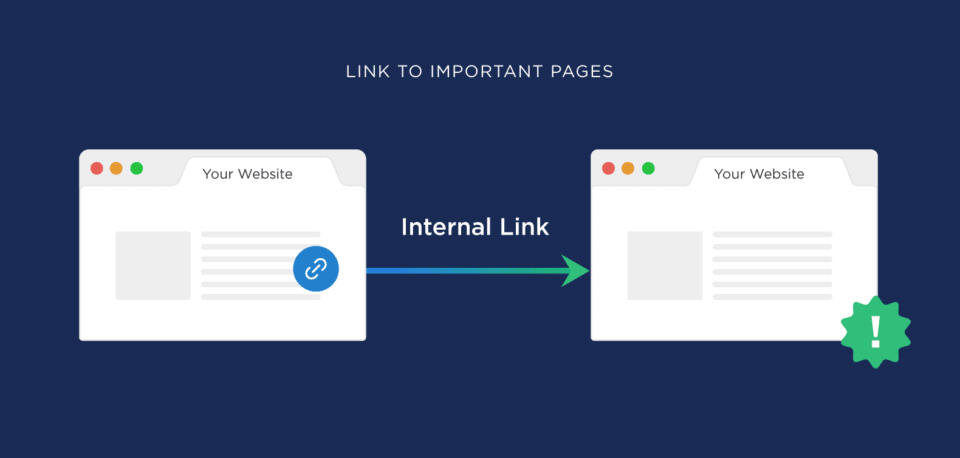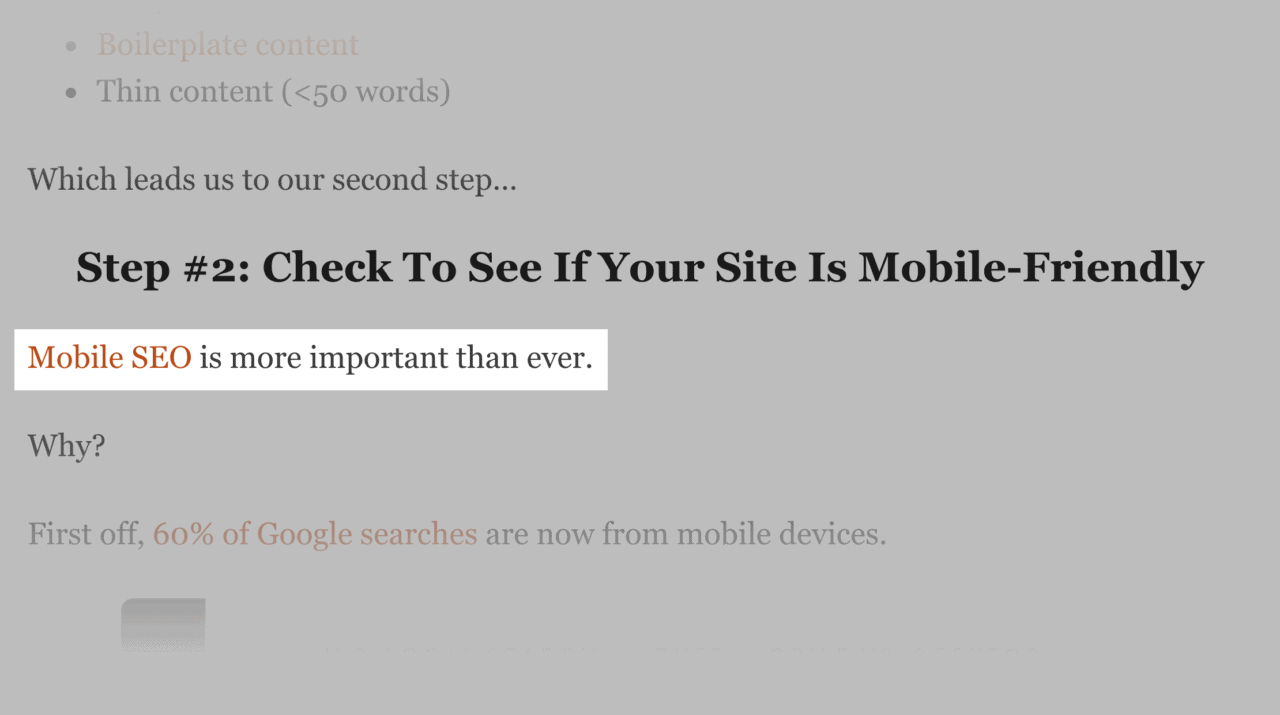Disclosure: Some of the links you’ll encounter are affiliate links. If you click and buy something, I’ll get a commission. If you’re reading a review of some precious metals company, please understand that some of the links are affiliate links that help me pay my bills and write about what I love with no extra cost to you. Thank you!
SEO and content are interlinked to the point where one cannot survive without the other. SEO content writing requires knowledge of the subject matter and extensive research coupled with smart SEO tactics to rank higher.
Moreover, SEO writing has evolved over the past couple of years, especially since new Google updates rolled out. More than ever, there is a lot of work to be done before your content gets the attention you want.
If you’re looking to start a blog, you’ll need to have the basics covered. Everything from topic selection, research, and writing content can take a lot of time before written content can be published. That’s why it is important to know how SEO content writing can help your piece get recognized and ranked higher.
Low traffic can be a major letdown for the writer, however, this is where SEO comes into action. What we need to remember is that we are writing content for the readers and then optimizing it for SEO.
If you’re confused about the steps you need to take to improve your content’s ranking, this article is for you. We’ll discuss everything you need to ensure your content gets the traffic it truly deserves.
Let’s dive right into it.
Table of Contents
What is SEO content writing?
SEO writing is when you write content to get it ranked on the first page of search engines such as Google or Bing. Here, your main focus should be to allow easy page crawling. You can achieve this through high-quality content considering proper user intent, quality keyword placements, and optimized headers.
A 2020 study on clickthrough rate found that the 1st organic result on SERP has more than 25% clickthrough rate, whereas, the 2nd organic result only receives 15.7% of CTR. The 10th organic result of SERP, not surprisingly, has only 2.5% CTR which is a drastic decrease.
Imagine being on the second page, you will never be able to truly achieve the website traffic you desire. This is why websites have an all-out war on keywords in a bid to rank on the first page of SERP. The pages ranking on the second page onwards have little chance of being organically discovered by people which ultimately means lower lead generation and revenue.
If you’re stuck beyond the first SERP page, you have the option to spend money on advertising through PPC advertisement. However, not everyone can afford to spend a hefty amount of money. Alternatively, you can focus on SEO content writing that could bring stable and sustainable organic traffic to your website. You can even invest in a task management tool so that your team can meet the goals with clarity and communication.
Also when crafting content at scale, consider also using an SEO checker or a SEO API – it will help build your own white label SEO Report or Dashboards much faster.
12 Best Ways To Make Your Content Rank
Even though your writing greatly affects the ranking, you can follow certain strategies to create SEO-friendly content.
Here are 12 tips that can improve the overall performance of your content in terms of SEO.
1. Headings are important
Google’s web crawlers scan websites to understand the content and the sections within.
Imagine crawlers as readers of your website. They try to get an idea about your blog’s topic (your H1). Further, your blog should contain H2s, H3s, and H4s to properly break down the components of your blog in chunks that easily identify the sections and subsections.
Within your headings, you have to incorporate high-intent keywords that are used by your target audience. Choosing the right headings is essential so that they can reflect the subtopics of the content and indicate the crawlers to rank your blog higher on the SERP.
For example, if your blog topic is about “Ecommerce personalization”, make sure you incorporate it in your H2 along with some variations in other headings.
2. Aim for featured snippets
Featured snippets provide answers to search queries on Google and they are one of the best ways to showcase your content. To get your content’s featured snippet, you need to optimize the blog so it can provide the best answer to a search query.
For instance, if people are searching for the “best lingerie”, Google would show a list of the best lingerie in the form of a featured snippet.
It’s a serious boost to your average CTR if you’re able to get a featured snippet of your content. Answer the question to the best of your knowledge and you might earn Google’s featured snippet.
Let’s consider another example, to better understand this.
If your search term is “What are the best digital marketing programs?” you can start by giving your H1 or H2 headings such as “List of best digital marketing certifications” and put these under a numbered or bulleted list.
When you start answering, make sure to incorporate a part of the question in your content. Taking the above example, your answer should begin with something like this:
“There are many digital marketing programs, however, we’ve selected the best ones for you…”
Follow this and you’ll be able to get a featured snippet of your content.
3. Write for your readers, not for Google crawlers
We often get caught up in the race to rank highest and forget who the content is for – the readers. Following SEO guidelines is good, however, it should not come at the cost of the reader’s experience. SEO content writing enables better ranking but it can also make the content feel robotic and unnatural.
To keep that human element in your article, remember to provide answers to your readers, solve problems, inform them, and help them by providing high-quality content. Further, putting too much information in big chunks of paragraphs can make readers feel bored.
Try to be engaging, follow the format that works for you, and keep paragraphs short (4-5 sentences maximum) so your readers can easily digest the information you’re trying to give through content. Visual aids are another important part of the content that helps the reader get quick information.
Having images and infographics in your content can help readers who are looking for a quick answer rather than reading the whole blog. Infographics interestingly summarize the content and using visual aid can do wonders for your overall content.
Research thoroughly before you decide on topics to write about. Every piece of content you put forward should have your buyer personas in mind as well as their interests. If the topic you choose resonates with your target audience and focuses on their pain points, your content will have a higher chance of succeeding.
Using content creation software, you can write human-friendly content and it can also help you measure content engagement, bounce rate, and several other important KPIs.
4. Insert keywords in the meta description
If you aren’t already putting keywords in your meta description, you should start doing it.
Having keywords in your meta description will give your content the maximum exposure that it needs.
Headings, keywords, and snippets are a few ways that your blog can communicate with Google. However, that’s not all – meta descriptions play a huge role in determining your content’s SERP ranking. Meta descriptions consist of just one to three-sentence descriptions displayed below the title.
Here are some tips to write an effective meta description:
- Keep it concise
- Insert your primary keyword
- Convince readers to click in a subtle way
5. Image Alt texts are important
As we discussed the importance of visual aid in your content, it is also necessary to insert alt text to every image you use in your blog.
An alt text explains what the image is about. It also allows Google and the visually impaired to understand why the photo is included in your content. Alt texts are simple descriptions of the image.
For instance, if your blog topic is “How to hire a web developer” and you include the image below:
This image’s alt text should be, “web developer coding.” Make sure your alt texts are aligned with the content you’re writing to make them effective.
6. Conduct thorough keyword research
Without a doubt, keyword research is an essential part of SEO. Before quality content is written, doing research is the first thing you need to do. This is a crucial part as the entire weight of your SEO depends on targeting specific and right-intent keywords.
The number of search queries that Google processes every second is more than 70,000. Now, imagine you were to beat this SERP clutter and get ahead of your competitors, you can’t possibly do that with ineffective keyword research.
Here, you need proper keywords (short-tail or long-tail) and phrases that are searched by your potential customers. If you fail to do that, your potential customers will never be able to organically find your website and content.
The first thing you’ll need is a good research tool that can show you an in-depth analysis of what users are searching for. Ahrefs and Google Keyword Planner can help you understand the traffic of keywords and check which keywords are the most popular. You’ll need this information to decide on the best-targeted keyword for your SEO content.
Further, you can also look for Google Trends to get an idea about keywords that are popular at any time. For example, if you come across a keyword like “hire app development team” and you notice the searches are increasing steadily, this is a trend confirming the potential growth of this keyword.
Similarly, if you’re searching for the keyword “product packaging design” and you notice the number of search results decreasing – it’s an indication of a downward trend. Choose the keyword which seems promising based on Google Trends.
SEO is a constant effort and you should conduct keyword research from time to time to check for any opportunities that might’ve been missed earlier. Finally, make sure you conduct competitors’ keyword analysis as well to check which keywords they are targeting – if you find relevance, use those keywords.
7. Don’t stuff keywords
Keyword stuffing is when you put too many keywords in your content and make it overbearing in the process. You should always insert keywords whenever they can be adjusted naturally. Forcing keywords on your blog will eventually backfire and ruin your SEO.
Let’s consider an example.
If you’re writing a blog with the following keyword, “b2b email database”, try to naturally incorporate this whenever possible. As a general rule of thumb, your main keyword should be inserted in:
- Meta title
- Meta description
- H1 heading
- First 150 words of your content (usually the intro part)
After you’ve successfully placed keywords in these 4 areas, you can go easy on the keyword and only try to add where it feels right.
SEO content writing cannot survive excessive keywords, instead, keep it from oversaturating the entire post.
Let’s see what are the consequences of keyword stuffing:
- Over-optimization can ruin your blog
- You’ll receive a penalty from Google
- Bad user-experience
Keyword stuffing comes under SEO black hat tactics and its long-run disadvantages outweigh any short-run advantages.
8. Linking high-authority websites
External linking helps your blog post gain authenticity. Here, you can cite important statistics and research from reputable websites. This approach helps readers get extra relevant reading material from the linked website. Linking well-known websites to important stats shows you’ve written the blog post after thorough research which further adds to your authority and the blog’s credibility.
If you’re stating your opinion or even comparing two things, a blog backed up by research will always receive higher trust from readers. So, make it a habit to link a few reputable websites once or twice for your SEO content writing. It will give value to readers and tell Google that you know what you’re talking about.
If you cannot properly handle linking websites, hire a consultant to do the job for you.
9. Write short sentences
Short sentences are mostly the way to go when it comes to writing a quality blog. However, long sentences sometimes make more sense and add a unique style to the content but might become difficult for readers to understand.
To counter this, you should run your content into a free real-time editing tool and trim sentences to improve readability throughout the blog.
10. Check grammar
When writing blogs, we often make grammar mistakes or just simply misspelled words. For the published version of the blog, your content needs to be error-free. This means you’ll proofread the blog once or twice before publishing it. Try to fix as many problems as you can find.
Finally, when you’re done checking everything from your end, run it by a grammar checking tool (Quillbot, or Grammarly’s Chrome extension) to identify grammatical errors and typos you need to correct to make your content 100% high-quality.
11. Write long-form content
Short attention spans make it seem that short-form content would be the most valuable, turns out that’s not the case. Google likes in-depth content rather than a short one. Long-form content can provide higher value to readers and improve the overall customer journey.
Anything below 1000 words is considered short-form content and blogs over 1000 words are considered long-form content. The ideal length is hard to determine, however, based on research, it is safe to say that you should aim for your content to be somewhere between 2100 to 2400 words.
The biggest challenge in dealing with long-form content is that it can easily bore readers because of excessive information provided at the same time. To combat this issue, ensure your content is broken down into scannable chunks that are easy to read and understand.
Here are some tips to achieve this goal:
- Make bullet points – the easiest way to provide information to readers is through bullet points.
- Break down sentences – Use AI writing tools to make concise sentences and paragraphs.
12. Do internal linking
When you link other pages on your website, it helps readers get more content from you. This content discovery can easily turn into potential leads and more revenue.
Further, the more content readers digest from you, the more they’ll trust you as a credible source of information. Building authority in your niche is crucial and making readers trust you is one way of doing that.
Internal linking also helps reduce the bounce rate of your website when visitors stay longer on your website to browse more pages. Your bottom line is positively affected in the form of a high conversion chance.
Protip: Avoid cheap calls to action and spammy words when internal linking to your website. You don’t have to sound pushy, just be natural and add a normal anchor text.
Wrapping Up
SEO content writing is first written for readers and then optimized for search engines. Ranking on the first SERP page isn’t an easy feat to accomplish. It takes constant hard work, research, and the type of writing that attracts readers.
Posting well-crafted SEO-friendly content weekly is a healthy frequency and can help you grow your loyal customer base.
Once you get the hang of writing for readers, you’ll find the right tools to make the process easier and more effective. You’ll be publishing the type of content that ranks in no time.
Need help writing content that ranks? Check out to get professional help.
Author Bio
Burkhard Berger is the founder of Novum™. Follow Burkhard on his journey from $0 to $100,000 per month. He’s sharing everything he learned in his income reports on Novum™ so you can pick up on his mistakes and wins.
Nikola Roza
Nikola Roza is a blogger behind Nikola Roza- SEO for the Poor and Determined. He writes for bloggers who don't have huge marketing budget but still want to succeed. Nikola is passionate about precious metals IRAs and how to invest in gold and silver for a safer financial future. Learn about Nikola here.



